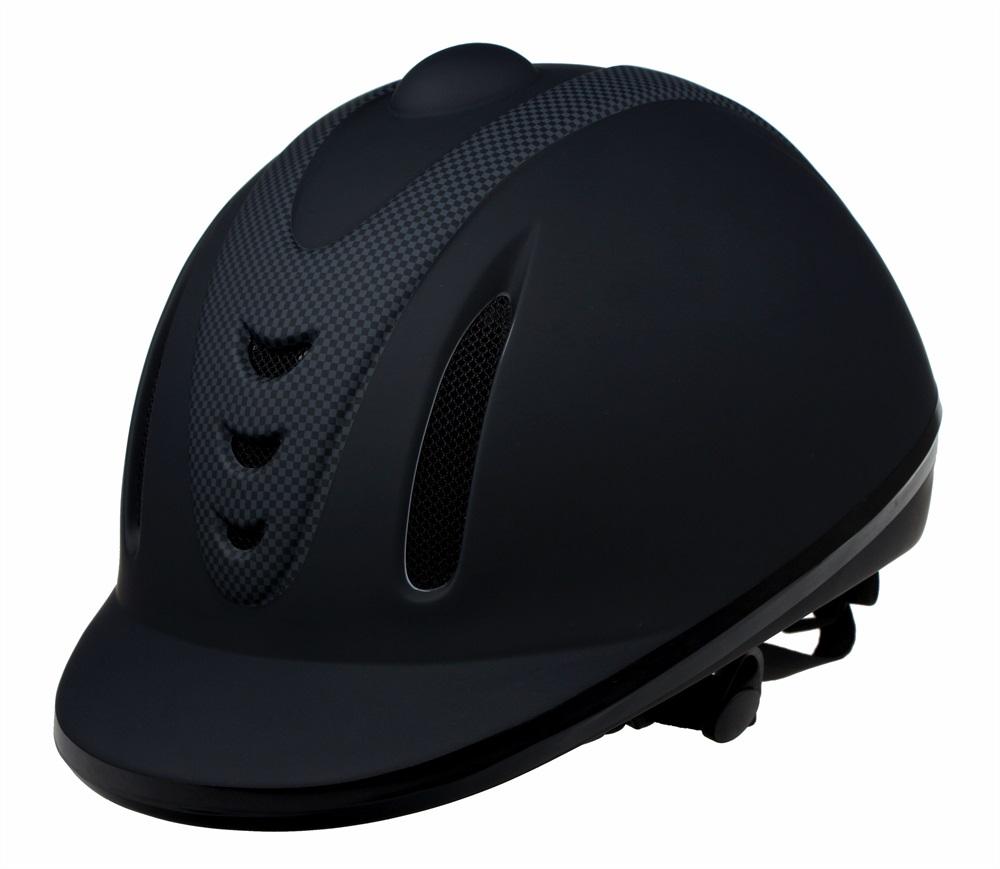Views: 0 Author: Site Editor Publish Time: 2024-06-18 Origin: Site










Horseback riding is an exhilarating experience that combines the thrill of speed with the beauty of nature. However, safety should always come first. One key component of safety gear is the Horse Riding Helmet. This guide will walk you through everything you need to know about horse riding helmets, from why you should wear one to choosing the best option for your needs.
Riding a horse can be unpredictable, no matter how experienced you are. A spooked horse or sudden fall can lead to serious injuries. Wearing a helmet significantly reduces the risk of head injury, protecting you from concussions and other serious conditions.
In some regions, wearing a helmet while riding is mandatory. Laws are in place to ensure riders protect themselves, especially when participating in equestrian sports or riding on public trails. Complying with these regulations not only keeps you safe but also avoids legal issues.
Wearing a helmet can encourage others, especially children, to prioritize safety. By setting a good example, you contribute to a culture of safety in the equestrian community.

Horse riding helmets are designed to withstand impacts from falls at various angles and speeds, as well as potential kicks from horses. Bike helmets, on the other hand, are primarily designed to protect against head injuries from falls during cycling.
Horse riding helmets must meet specific equestrian safety standards such as ASTM (American Society for Testing and Materials) or SEI (Safety Equipment Institute) certification. These standards ensure the helmet's effectiveness in protecting riders.
Horse riding helmets often have more extensive coverage at the back of the head and better ventilation to keep riders cool. They also tend to have a more secure fit, which is crucial for staying in place during a fall.
For men, helmets are designed to accommodate larger head sizes and often feature a more neutral or masculine aesthetic. Look for options with adjustable fit systems for maximum comfort and safety.
Women's helmets are designed to fit smaller head sizes and often come in a variety of stylish designs. Features like ventilation, lightweight materials, and comfortable liners make them ideal for long rides.
Children's helmets need to fit snugly to offer the best protection. Adjustable models allow for growth, ensuring the helmet stays effective as the child grows.
Many children's helmets come in fun colors and designs, making it more likely that kids will want to wear them. Some even feature graphics of horses, unicorns, or other appealing themes.
Western riding helmets often blend the traditional look of cowboy hats with modern safety features. These helmets are perfect for riders who participate in Western disciplines but still want the protection of a certified helmet.
Look for helmets that offer good ventilation, a comfortable fit, and a secure strap system. The best Western helmets will provide ample protection without sacrificing style.

Winter helmet covers are designed to keep riders warm in cold weather. They fit snugly over your helmet and provide extra insulation, making winter rides more comfortable.
Some winter covers come with reflective materials, increasing your visibility during winter months when daylight is limited. This feature ensures that you're not only warm but also seen by others.
Choosing the right horse riding helmet is crucial for your safety and comfort. Whether you're an adult or a child, riding English or Western, there are plenty of options to suit your needs. Remember to look for helmets that meet safety standards, offer a comfortable fit, and include features that cater to your specific riding conditions.
Investing in a quality Horse Riding Helmet is a small price to pay for the added safety and peace of mind it brings. Stay safe and enjoy your rides!
content is empty!